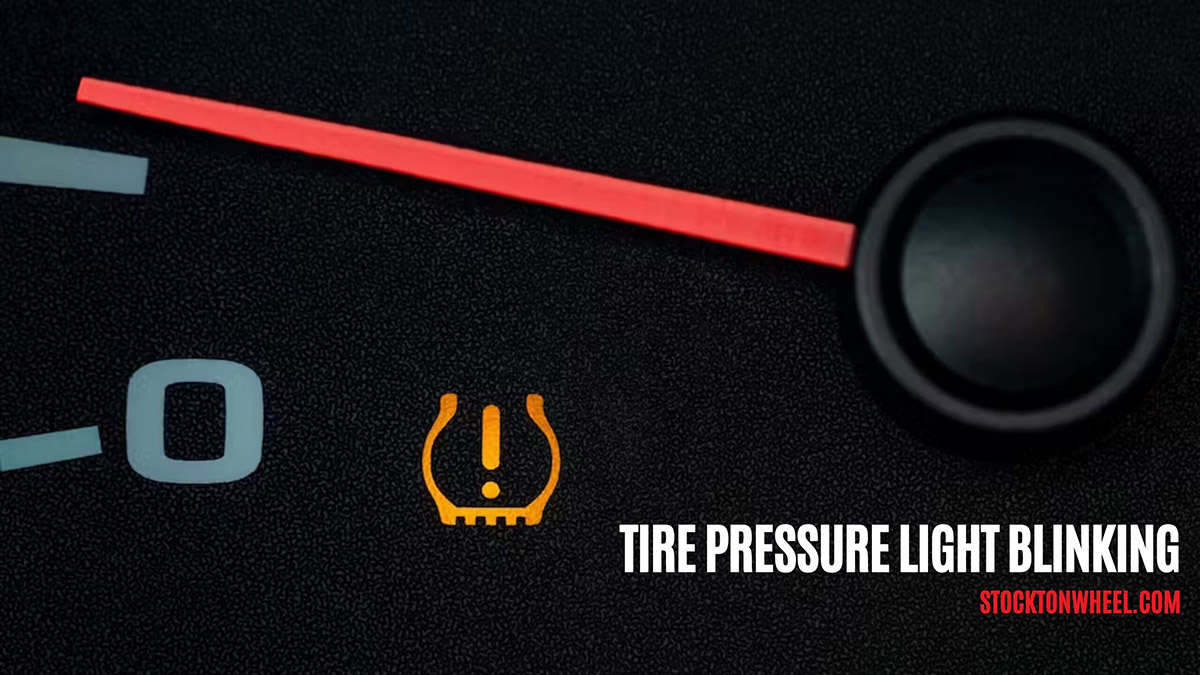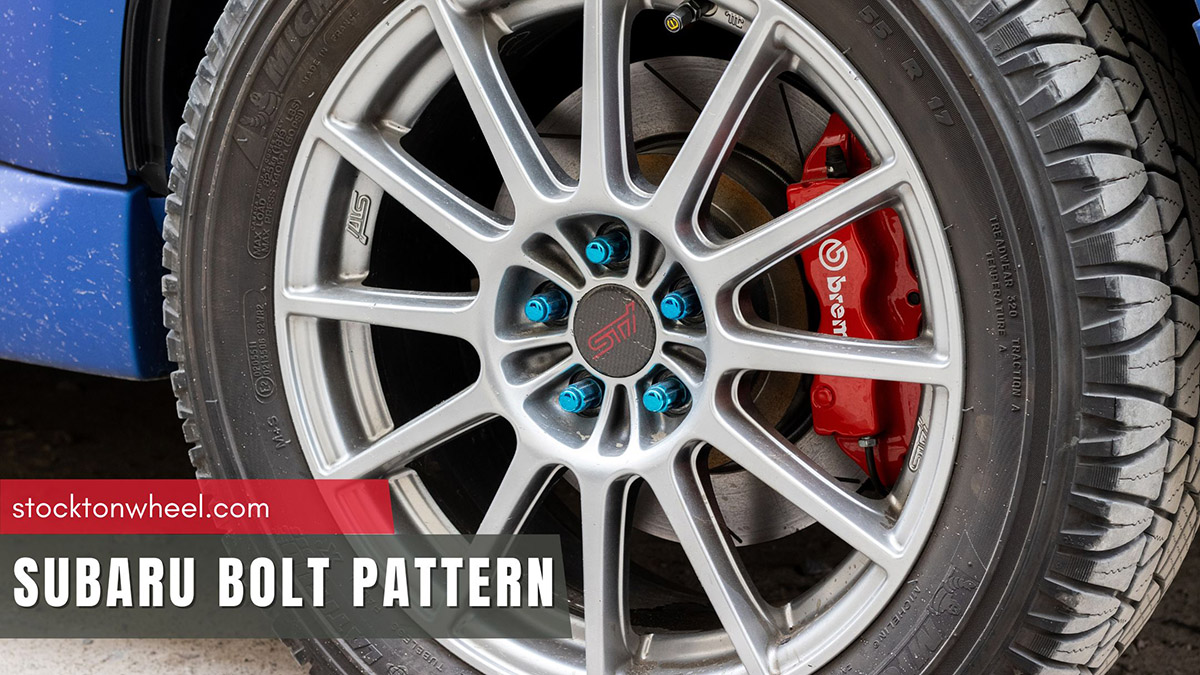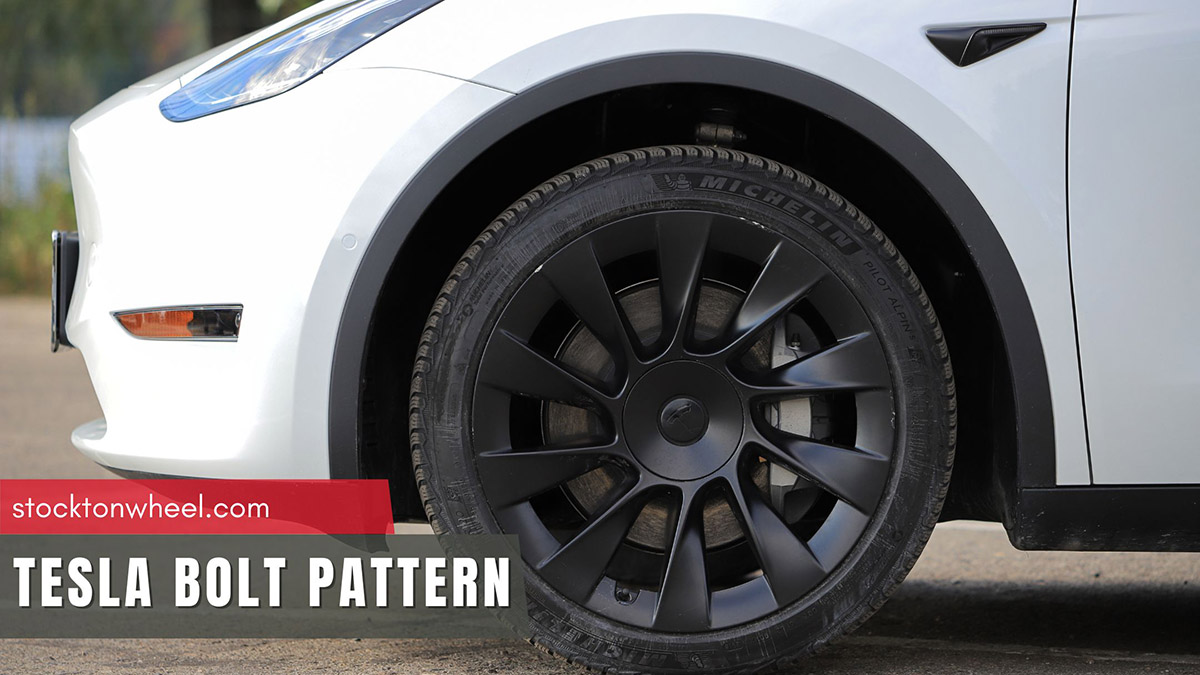As its name suggests, the tire pressure light is designed to alert drivers of current issues with the tire pressure. But that is not all; there are other things you should also keep in mind when monitoring a blinking light during long trips. Scroll down to learn more!
In this article:
What Does A Blinking Tire Pressure Light Mean? 3 Reasons
In most cases, the tire pressure light blinks due to the low tire pressure resulting from external factors like temperature changes. Otherwise, something might have gone wrong with the tire pressure sensors. You should still inspect your tire pressure when convenient to ensure it’s within the recommended range.
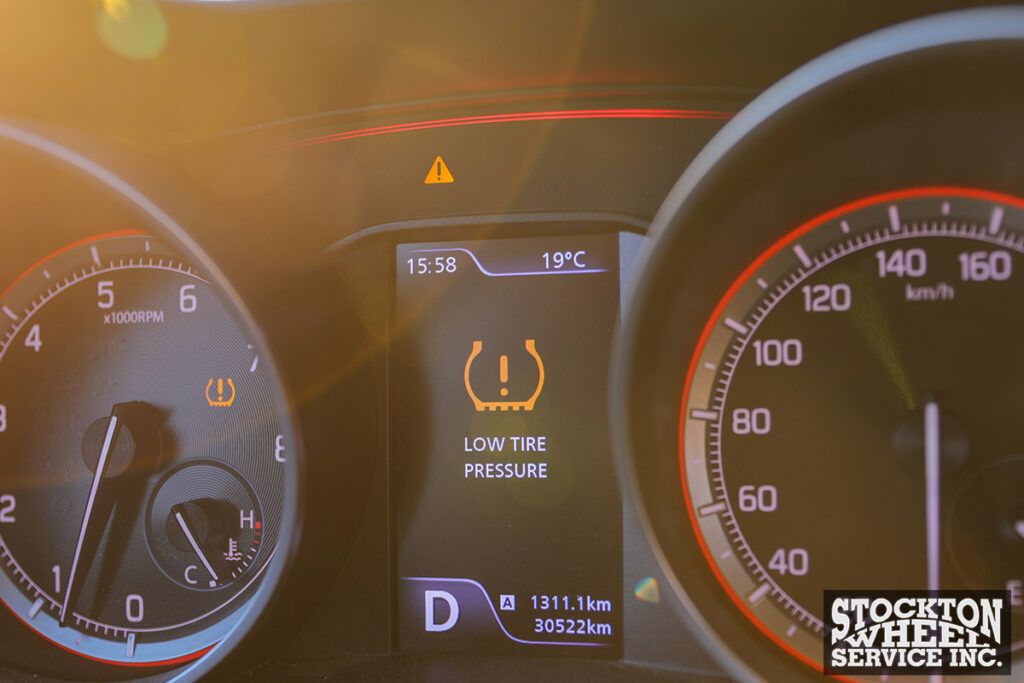
1. Low Pressure In The Tires
Low tire pressure is the most common reason behind a tire pressure light flashing, which occurs when the air pressure within one or more of your vehicle’s tires falls below the recommended level set by the manufacturer.
Several factors can contribute to low PSI, such as:
- Gradual Air Loss: Tires naturally lose air over time due to rubber permeability, leading to a slow decline in PSI.
- Damage or Punctures: Sharp objects on the road, like glass shards or nails, might puncture your tire and cause rapid pressure loss. In worse cases, strong impacts with the curbs or potholes can damage the rim, leading to a serious air leak.
- Valve Stem Leaks: The valve stem, which you use to pump or release air, might develop a slow leak over time due to valve damage or aging rubber components. That explains why the tire pressure keeps dropping even after proper inflation.
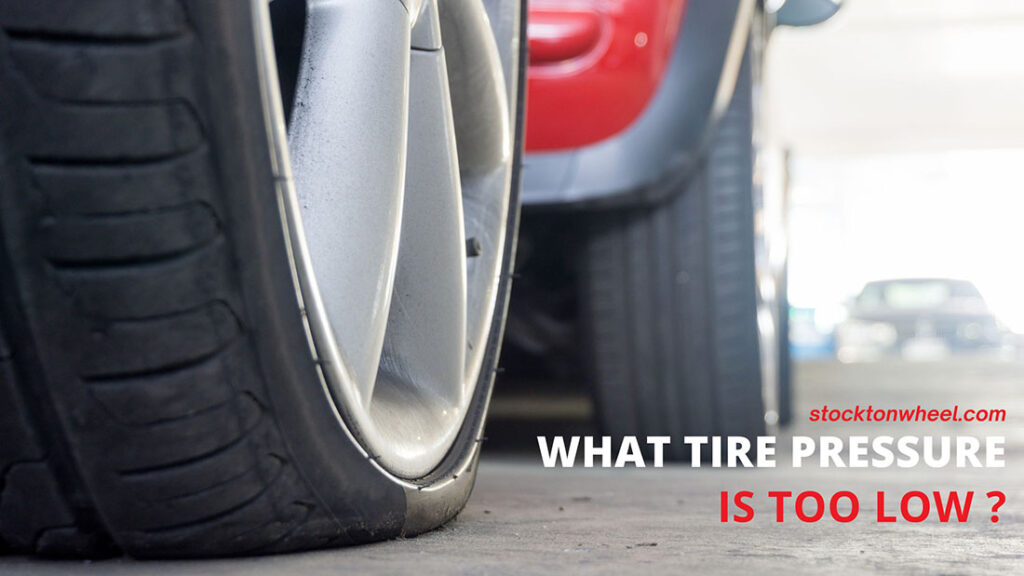
2. Sensor Malfunction
There are several built-in sensors in the tire pressure light designed to transmit and interpret data related to your current tire pressure. Only one malfunctioning sensor can send false alarms or inaccurate readings to the TPMS system, triggering the warning light to blink.
Below are some common sensor issues:
Dead Battery
Each tire pressure sensor runs on a battery lasting 5 to 10 years. When the battery dies, your sensor can no longer transmit accurate pressure data to the pressure light, triggering it to blink. Since the battery and sensor are sealed together in most cases, you might have to replace the entire sensor, not just the sensor battery.
Physical Damage
Curb strikes, potholes, manufacturing defects, or rough handling during tire service are mostly to blame for the sensor’s physical damage. Needless to say, inaccurate readings and follow-up malfunctions are inevitable, requiring a complete replacement.
Communication Problems
All the sensors must communicate effectively with the TPMS (Tire Pressure Monitoring System) computer in the vehicle; otherwise, they can’t provide reliable data for the system.
Most communication problems stem from sudden interference, low battery power, wrong sensor installments, or other similar issues.
Unprogrammed New Sensors
Do not be surprised if even newly installed sensors fail to operate accurately; some less experienced technicians may forget to program/adjust them to your car’s current TPMS system.
Fortunately, the issue is easy to fix; just ask the tire service provider to reprogram the sensors for you, or do it yourself if you have experience.
3. Temperature-Related Fluctuations
Although it’s common for tire pressure to change with temperature, extreme fluctuations might be alarming.
For example, if you park your vehicle in a warm garage and then drive out into extremely cold conditions, the rapid temperature change causes a sudden drop in tire pressure, resulting in temporary underinflation. The same applies to quick transitions from a cold garage to hot summer temperatures, which trigger a sharp rise in PSI.
Due to all these rapid and unpredictable fluctuations, the pressure light keeps blinking rapidly, urging drivers to pay more attention to their driving conditions.
Differences Between Solid and Flashing Tire Pressure Light
A solid-colored light indicates the tire pressure is below the recommended PSI – a serious problem that might dampen your road handling if not addressed immediately.
Meanwhile, the flashing light mostly hints at gradual pressure losses, temperature fluctuations, or something wrong with the TPMS system (e.g., faulty sensors, low batteries, etc.). In any case, you need to inspect and fix the problem as soon as possible.
What To Do
First, check your current tire pressure and inflate it to the manufacturer’s recommended level; avoid overinflating at all costs. Check if the TPMS sensors run out of battery or are physically damaged and replace them.

And what if the tire light is still activated? Reset it:
- Drive at 50 mph for 10 minutes, then turn the key to “on” (engine off)
- Press and hold the TPMS reset button until the light blinks three times, then start the car and let it run for 20 minutes.
- If needed, consult your vehicle’s manual to find the reset button.
What Happens If I Keep Driving Without Fixing It
If you are lucky, the car will keep running without issues when the main problem lies in the malfunctioning sensors, not the tires themselves. But in the worst-case scenario, continuing driving can entail a tire blowout, loss of control, and even deadly accidents.
Conclusion
You can still drive with a blinking tire pressure light but remember not to leave the issue hanging for too long.
Monitor the PSI frequently (especially during long trips) to prepare for sudden temperature changes. If the sensors and the tires are working fine, consider resetting the light using your manual.

